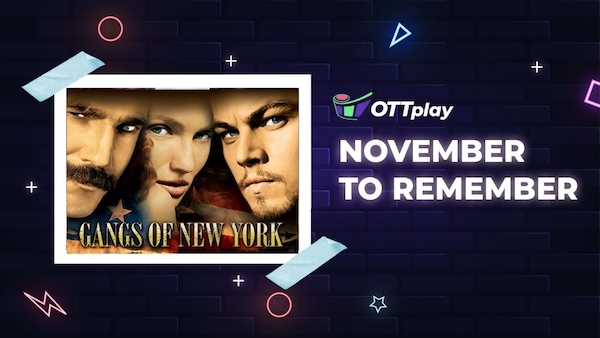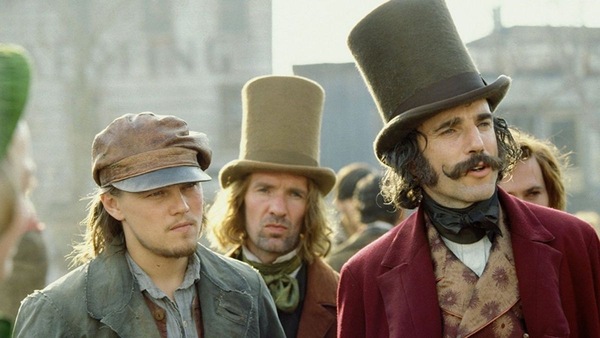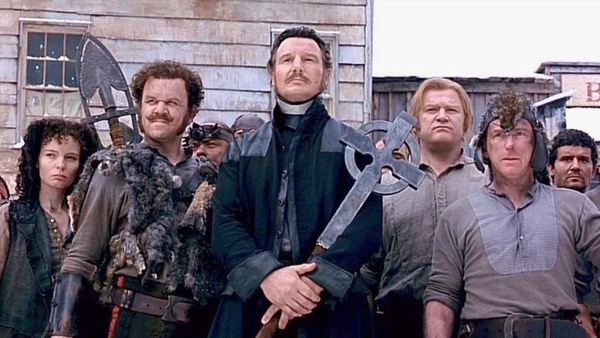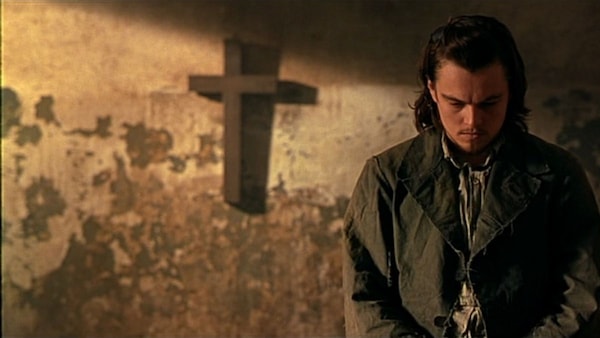November to Remember: Scorsese’s period drama Gangs of New York is a social commentary on xenophobia
The brutal and violent film narrates the tale of a cultural war in the backdrop of the rise of the ‘greatest’ city in the world, New York.

Last Updated: 03.35 PM, Nov 18, 2021
The very evolution of human beings as a species is theorised to have been following a genocide where homo sapiens drove the other human species into extinction. This was long before the ancient arts and philosophical revival in ancient civilisation, or even the agricultural revolution that essentially set the wheels in motion for our accelerated evolution. Therefore, it should come as no surprise that the global superpower’s most iconic city is one that was birthed from the blood and toil of thousands of its inhabitants from the mid-nineteenth century at a rapid pace.

Scorsese’s Gangs of New York is a reimagination of that time period with considerable focus on the constant struggle for a foothold in the slums of New York between the nativist gangs, who believed in anti-immigration, anti-Irish, and anti-catholic sentiments, and the first generation of Irish settlers who had fled the country during the potato famine of the 19th century. In fact, it is a relatively minor reflection of the protestant and catholic feud that was prevalent in the British Isles and Ireland for over a century. The watered-down version of this rivalry can be witnessed even today in the Old Firm Derby of Scotland between Glasgowegian football rivals Rangers and Celtic.

Gangs of New York is far from being a watered-down version of events. If anything, Scoreecese may have exaggerated some of the violence depicted in the film. However, it functions well in terms of a cinematic experience. The film is in fact based on Herbert Asbury’s historical non-fiction book of the same name. The film is not intended to be a historical retelling of an incident or incidents, instead, it is a dramatised version of what may have happened in the ghettos around the Five Points of Manhattan. Historians and writers have often remarked on the crime and squalor around the Five Points, even Charles Dickens was not too complimentary about Five Ponts and New York either. In retrospect, New York was morphing itself as the new London, as London itself had almost become a giant ghetto by the late 18th century, following the Industrial Revolution.

Unlike London, New York is a city made by immigrants, for immigrants, despite what the early self-proclaimed nativists believed (not to be confused with the marginalised Native Americans who are indigenous to the country). Daniel Day-Lewis’s portrayal of William ‘The Butcher’ Cutting is the living embodiment of the pro-nativist sentiment. The filmmakers couldn’t have picked a better actor to portray such a well-written and complex character. Day-Lewis has masterfully navigated through his performance, almost transforming himself into the character, so much so that one might have to double-check the cast list to confirm that it is the multiple Academy Award winner who is playing the sadistic villain.

It is essential to note that Day-Lewis’ The Butcher is not the one-dimensional villain often depicted in movies from the same genre. He is by all accounts a racist who would have made the Ku Klux Klan proud, but he is also shown as someone with courage and honour — traits that would have made him a Bollywood hero. Leonardo Dicaprio’s role as the son of a devout Irish Catholic, who was killed by Cutting during a riot, is used as a plot device to gauge Cutting’s moral compass and his sanity. Bill Cutting (aka the Butcher) underneath the several layers of complexity in his character, is nothing more than a stereotypical xenophobe with delusions of grandeur. His hatred for the Irish stemmed from a false sense of preserving non-existent traditional values. Values which he believes the Irish will eradicate. This is a similar narrative the masses have been force-fed by populist leaders across the globe — that a minority community is a threat to the majority’s way of life. The underlying message from the film is that human beings as a collective have the tendency to repeat the mistakes of their ancestors, as evident from the World Wars in the 20th century and the rise of far-right extremism across the globe, over the last decade.

 Premium
Premium